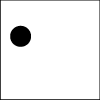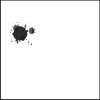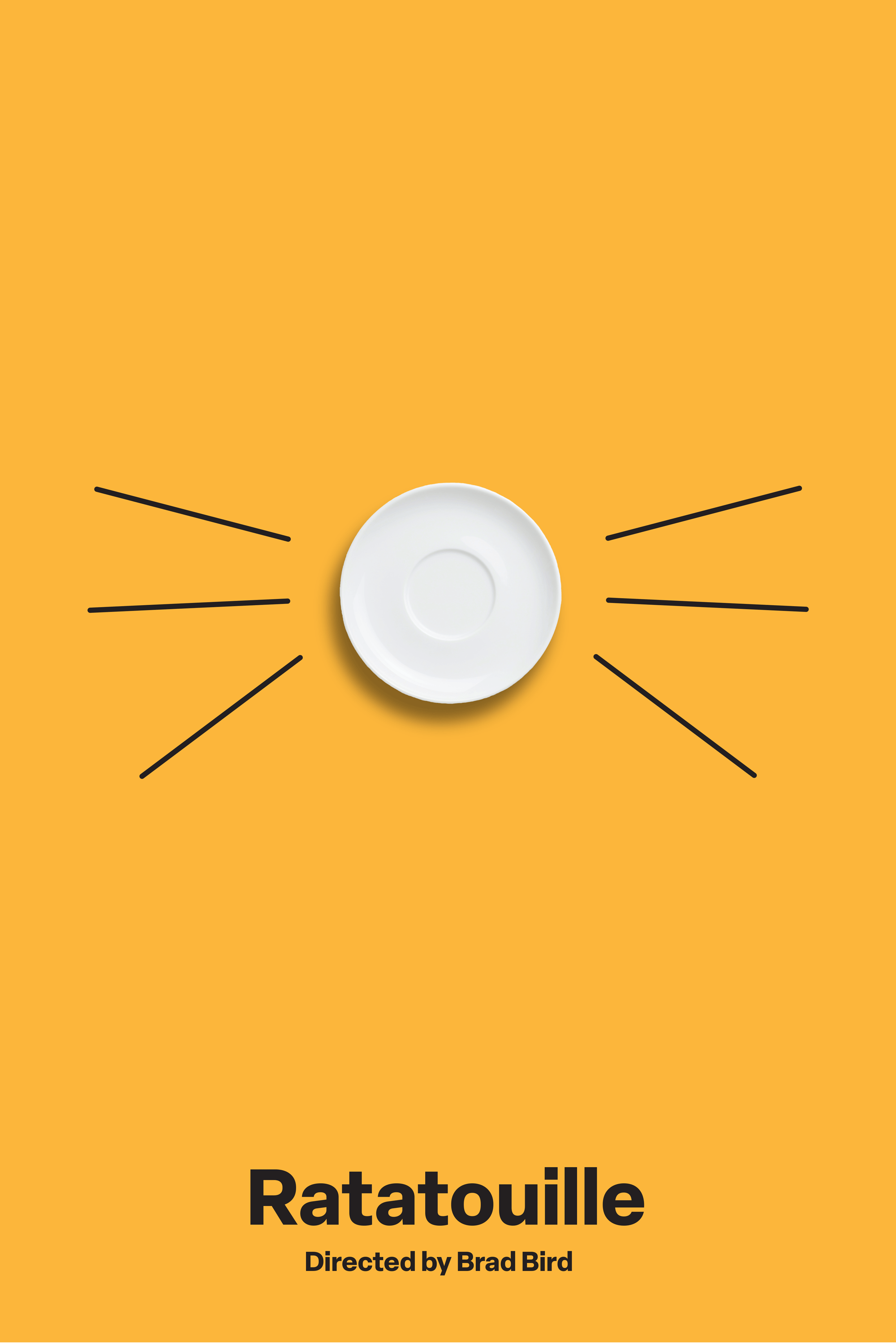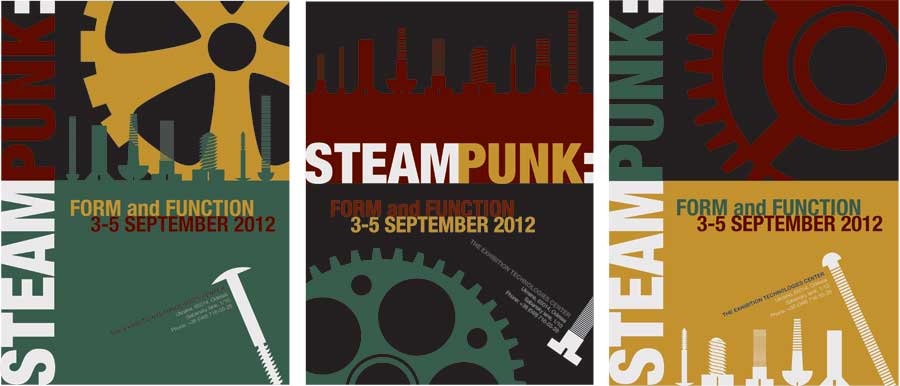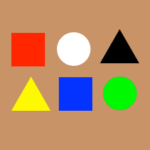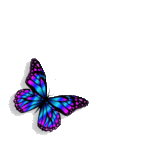The following student work represents early undergraduate projects from graphic design programs where I have taught. The work is not exemplary of every program, but aligns well within their philosophy, as well as my own. Each of the projects is not intended to stand as an isolated exercise in design fundamentals, but act as a foundation of developing aesthetic principles and extending the student experience to later work. This foundation opens a student’s learning curve to more expansive ideas of what design can be. It allows students to see a wide open array of experiences and influences in the art and design world as they navigate their way through an education and find their own selves through the process.
A simple exercise using a dot might seem like an overtly simple use for any educational project, but take a moment to reflect on what it means to place a dot on a page and all its relationships that result from such a simple placement. There is the positive space occupied by the dot itself. There is the negative space left over. There is the space from the edge of the dot’s circumference to the left, right, top and bottom edges of its housing format. Add another dot to the composition and additional relationships occur. Now there is the distance of the two dots from each other. Does that distance equal to any of the distances from the dot’s circumference to the edge of the square? How do both dots stand together as a form within its format? Can the dots overlap? How much do they overlap? Add a third dot and all those amounts of potential relationships increase. Now what if that dot became an image? How does its significance change? Now put some type in the same format and how does its semantics change?
Students begin to learn about aesthetic principles and what they mean to the design environment. Students may even begin to learn the better use of software and how these common design programs can be more fluidly integrated into their processes and thinking. Drawing and sketching are never forgotten, but integration and emphasis is dependent on the institution’s course objectives, curriculum, and leadership.
Students learn how to make use of their design and technical skills to describe, analyze and discuss their methods and solutions. Objectives of this work help build a foundation in the understanding of visual structures and help students gain valuable perceptual skills. Students will develop a visual vocabulary that enables them to describe, analyze and discuss their work and describe, analyze and discuss the work of others.
The following work is from two graphic design programs, the University of Minnesota Duluth (UMD) and the Boston University Center for Digital Imaging Arts.

Form Counterform Sequence. Each panel needs to increase not only the amount of dots, but their size as well. Students are challenged to pay attention to the size increase from panel to panel, as well a the compositional characteristics of each panel. | Zeke Palmer, University of Minnesota Duluth, Spring 2022

Dots and Lines create a more literal image, Tayva Madsen, UMD, Progressie Series, Fall (of course) 2022

Dynamic Sequencing | Boston University Center for Digital Imaging Arts

Dynamic Sequencing | Boston University Center Digital Imaging Arts
From these simple exercises, we can apply what has been learned to more practical assignments. The following is work from first year graphic design students.

Steampunk posters that are an outgrowth from the dynamic sequencing exercises | Boston University Center for Digital Imaging Arts
